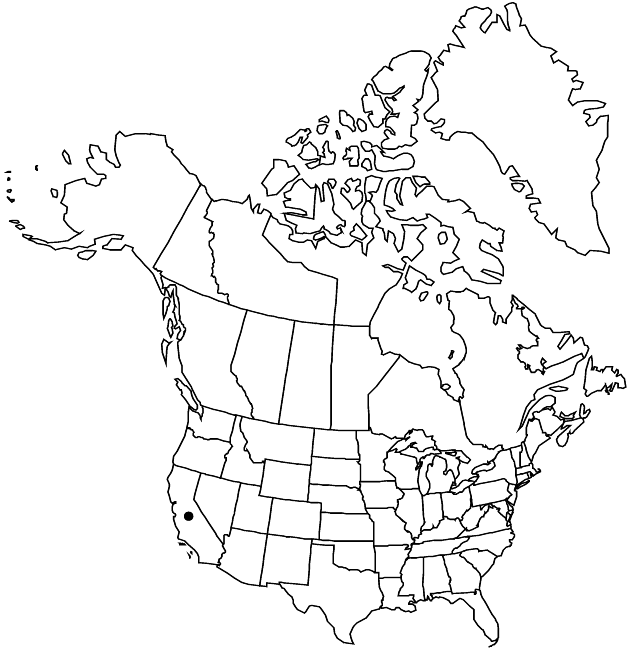Difference between revisions of "Tetradymia comosa"
Proc. Amer. Acad. Arts 12: 60. 1877.
FNA>Volume Importer |
FNA>Volume Importer |
||
| Line 31: | Line 31: | ||
-->{{#Taxon: | -->{{#Taxon: | ||
name=Tetradymia comosa | name=Tetradymia comosa | ||
| − | |||
|authority=A. Gray | |authority=A. Gray | ||
|rank=species | |rank=species | ||
| Line 46: | Line 45: | ||
|publication year=1877 | |publication year=1877 | ||
|special status= | |special status= | ||
| − | |source xml=https://jpend@bitbucket.org/aafc-mbb/fna-data-curation.git/src/ | + | |source xml=https://jpend@bitbucket.org/aafc-mbb/fna-data-curation.git/src/eaa6e58056e40c9ef614d8f47aea294977a1a5e9/coarse_grained_fna_xml/V19-20-21/V20_1421.xml |
|tribe=Asteraceae tribe Senecioneae | |tribe=Asteraceae tribe Senecioneae | ||
|genus=Tetradymia | |genus=Tetradymia | ||
Revision as of 20:26, 16 December 2019
Shrubs, 30–120 cm. Stems 1–5+, erect (wandlike), unarmed, evenly pannose. Leaves: primaries lance-linear, stiff, pungent, not spinose, 20–60 (× 2–5) mm, tomentose; secondaries (seldom present) spatulate, 8–15 mm, tomentose. Heads 3–6. Peduncles 3–8 mm. Involucres hemispheric, 8 mm. Phyllaries 5–6, oblanceolate. Florets 5–9; corollas yellow to brownish, 8–9 mm. Cypselae ca. 4 mm, copiously pilose (hairs 6–10 mm); pappi 0. 2n = 60.
Phenology: Flowering spring–summer.
Habitat: Mostly sandy sites, chaparral, coastal sage scrub, sagebrush scrub
Elevation: 300–1500 m
Distribution

Calif., Mexico (Baja California).
Discussion
Selected References
None.
Lower Taxa
None.